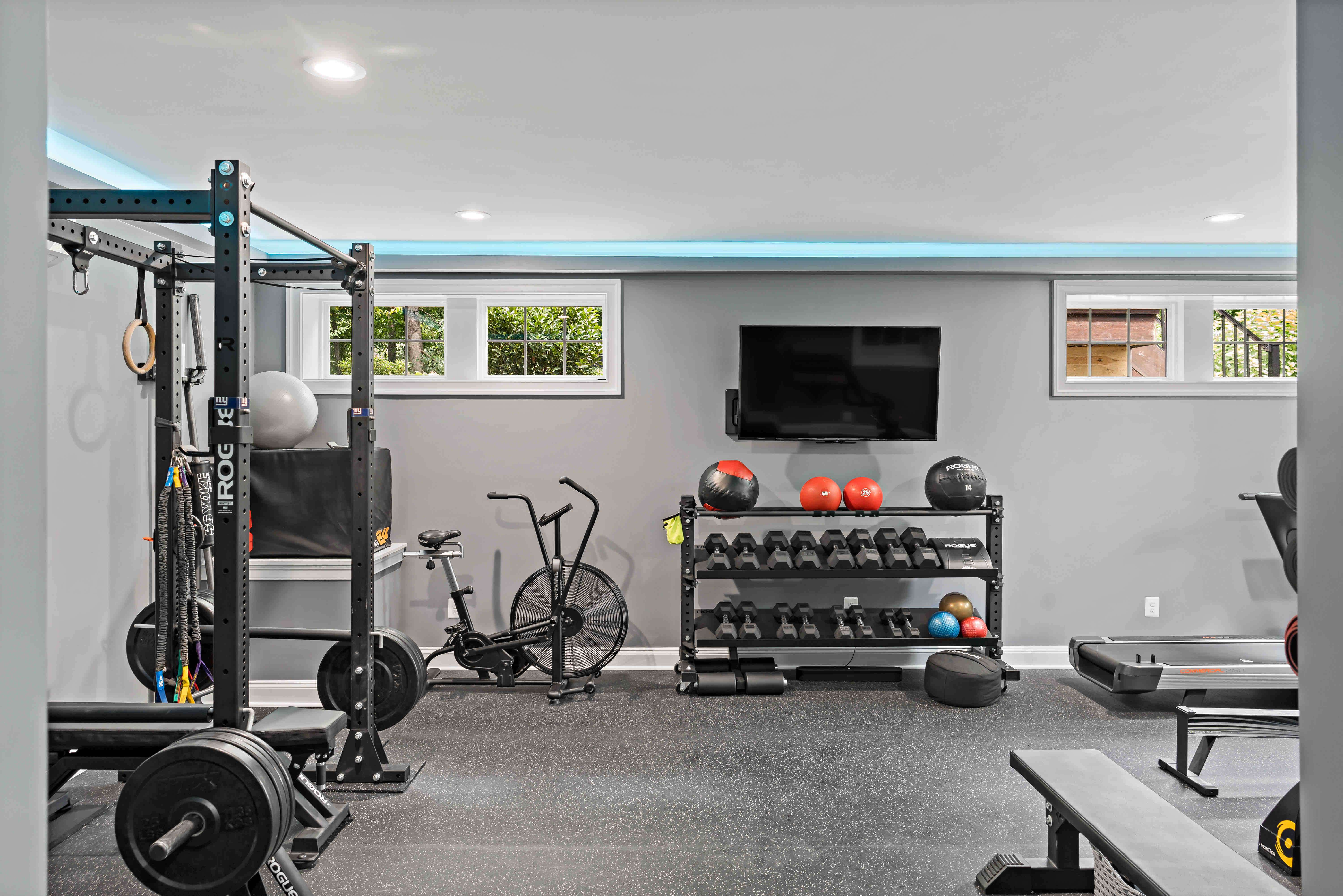
How to Make the Most of Your Home Remodeling Budget
Are you considering remodeling your home? It's an exciting project that can transform your living space and add value to your property. However, it can also be a costly endeavor if you're not careful. That's why it's crucial to make the most of your home remodeling budget. Continue reading to explore different strategies and tips to help you maximize your budget and achieve your dream home.
Understanding Your Home Remodeling Budget
Kick-starting your home remodeling journey begins with a thorough understanding of your budget. It's essential to have a clear idea of how much you can afford to spend on your project. A budget will guide your decision-making process and ensure you don't overspend or compromise on your vision.
Why a Budget is Essential for Home Remodeling
A budget is your roadmap to success when it comes to home remodeling. It helps you set realistic goals and ensures you stay within your financial means. Without a budget, you could find yourself falling into the trap of unnecessary expenses and financial strain.
Creating a budget allows you to prioritize your remodeling goals. You can decide which aspects of your home you want to focus on and allocate the appropriate funds. Whether it's renovating your kitchen, adding a new bathroom, or expanding your living space, a budget helps you make informed choices.
Furthermore, a budget provides a sense of control and peace of mind. By knowing how much you can afford to spend, you can confidently approach contractors, architects, and professionals in the remodeling industry. You can discuss your budget with them and work together to create a plan that meets your needs and aligns with your financial resources.
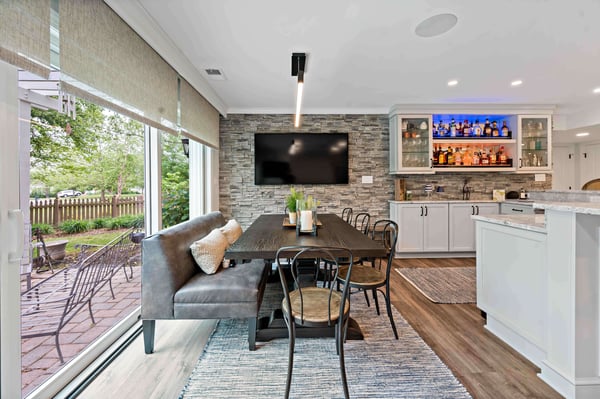
How to Determine Your Home Remodeling Budget
When determining your home remodeling budget, consider your overall financial situation and goals. Analyze your income, savings, and current expenses to identify how much you can comfortably allocate to your project. It's crucial to strike a balance between what you want and what you can afford.
Take into account any potential changes in your financial circumstances, such as upcoming expenses or fluctuations in income. Assessing your financial stability will help you set a realistic budget that you can stick to throughout the remodeling process.
Consult with contractors, architects, or professionals in the remodeling industry to get a better idea of the costs associated with your desired project. They can provide you with estimates and help you understand the various factors that contribute to the overall cost, such as materials, labor, permits, and unforeseen expenses.
Research average prices for materials, labor, and any additional fees that may arise during the remodeling process. This information will give you a better understanding of what to expect and allow you to make informed decisions when it comes to selecting materials and hiring professionals.
Additionally, consider setting aside a contingency fund in your budget. This fund can be used to cover any unexpected expenses or changes that may arise during the remodeling process. Having a contingency fund will provide you with peace of mind and ensure that you are prepared for any unforeseen circumstances.
Remember, a well-planned and realistic budget is the foundation of a successful home remodeling project. It allows you to make informed decisions, prioritize your goals, and ensure that you can achieve your vision without compromising your financial stability. Take the time to thoroughly analyze your finances, consult with professionals, and research costs to create a budget that works for you.
Prioritizing Your Home Remodeling Projects
Now that you have a budget in place, it's time to prioritize your home remodeling projects. This step is vital to ensure that you get the most value for your money. Prioritizing allows you to focus on the areas that matter most to you and align with your goals.
But how do you go about prioritizing your home remodeling projects? It's not as simple as picking a project at random and diving right in. You need to carefully consider your needs and wants, as well as the potential impact and return on investment of each project.
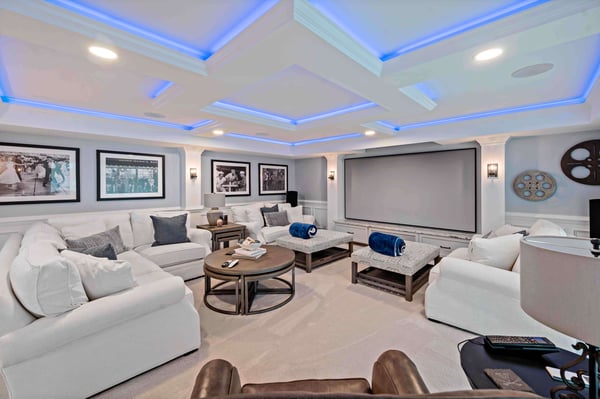
Identifying Your Home Remodeling Needs and Wants
Start by identifying your home remodeling needs and wants. What are the areas in your home that require immediate attention? Perhaps your kitchen needs an upgrade to accommodate your growing family, or your bathroom needs a modern makeover. Consider the functionality and durability of each project.
Take a walk through your home and make a list of all the areas that you feel need improvement. Is it the outdated living room that needs a fresh coat of paint and new furniture? Or maybe it's the old, worn-out flooring in the hallway that needs to be replaced. By identifying your needs, you can prioritize projects that will have a direct impact on your daily life.
Once you have your needs identified, it's time to think about your wants. These are the projects that may not be necessary for the functionality of your home but will enhance its overall aesthetic appeal. For example, you might want to add a deck to your backyard or install a home theater system in your basement. These projects can be prioritized based on your personal preferences and long-term goals for your home.
How to Rank Your Home Remodeling Projects
Once you've identified your needs and wants, it's time to rank your home remodeling projects based on their importance and impact. Consider factors such as cost, return on investment, and personal preferences. This ranking will help you make informed decisions when allocating your budget.
Start by considering the cost of each project. Some projects, like a complete kitchen remodel, can be quite expensive, while others, like repainting a room, may be more affordable. Take into account your budget and allocate funds accordingly.
Next, think about the potential return on investment for each project. Will a bathroom remodel significantly increase the value of your home? Or will it be a personal improvement that you'll enjoy but won't necessarily add value when it comes time to sell? Consider your long-term goals for your home and prioritize projects that align with those goals.
Finally, don't forget to factor in your personal preferences. Your home should be a reflection of your style and taste, so it's important to prioritize projects that will make you happy and comfortable in your space. Whether it's adding a cozy reading nook or creating a home office, make sure to include projects that will enhance your daily life.
By carefully ranking your home remodeling projects, you'll be able to make the most of your budget and ensure that you're investing in projects that will have a lasting impact on your home. So, take the time to evaluate your needs and wants, consider the cost and return on investment, and prioritize projects that align with your goals. Your dream home is within reach!
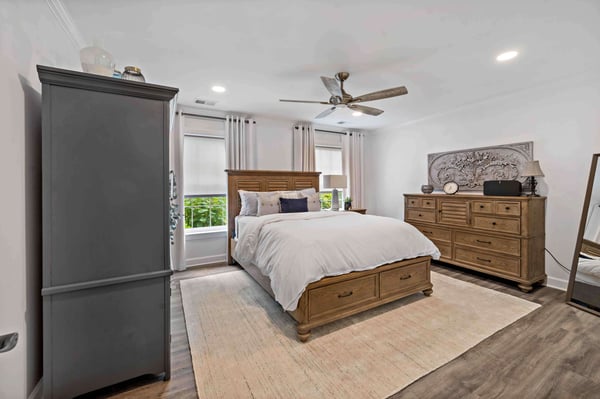
Cost-Saving Strategies for Home Remodeling
While home remodeling can be expensive, there are several cost-saving strategies you can employ to make the most of your budget.
DIY vs. Hiring Professionals: What's More Cost-Effective?
One way to save money is by determining which tasks you can handle yourself and which ones require professional assistance. DIY projects can help cut down on labor costs, but ensure you have the necessary skills and knowledge to avoid costly mistakes. For complex projects or areas requiring specialized expertise, it's often more cost-effective to hire professionals.
How to Save Money on Materials for Home Remodeling
When it comes to materials, explore different options to find the best value for your budget. Consider alternative materials that offer similar aesthetics but at a lower cost. Shop around for the best deals and discounts, and don't be afraid to negotiate prices with suppliers.
Additionally, timing can play a significant role in saving money on materials. Keep an eye out for seasonal sales or clearance events, where you can snag quality materials at discounted prices.
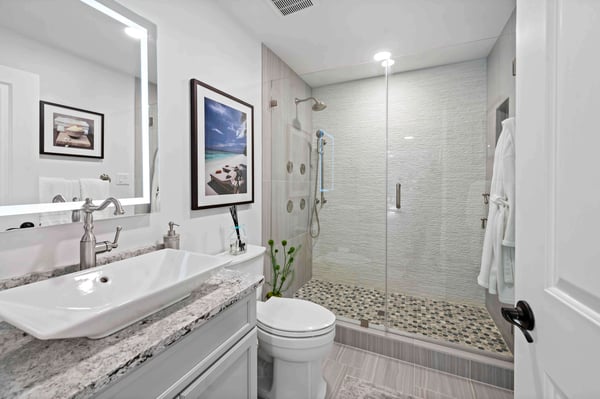
Maximizing the Return on Your Home Remodeling Investment
While your home remodeling project is primarily about creating a space you love, it's important to consider the long-term value it can add to your property.
Home Remodeling Projects with the Best ROI
Some home remodeling projects offer a higher return on investment (ROI) than others. Focus on projects that not only enhance your living experience but also increase the value of your home. Kitchen renovations, bathroom upgrades, and adding additional living space are typically regarded as worthwhile investments.
How to Enhance Your Home's Value Through Remodeling
When remodeling with the intention of increasing your home's value, consider appealing to potential buyers. Opt for timeless designs and neutral colors that can appeal to a wide range of tastes. Don't overlook curb appeal – investing in landscaping or exterior improvements can make a significant impact on the perceived value of your property.
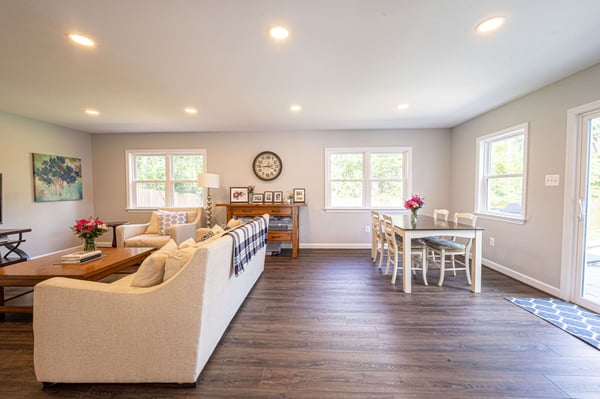
With these strategies and tips, you can make the most of your home remodeling budget. Remember to carefully plan, prioritize, and research before diving into any projects. By balancing your dreams with your financial reality, you can create a beautiful and functional home that truly reflects your personal style and maximizes the value of your investment. Happy remodeling!
